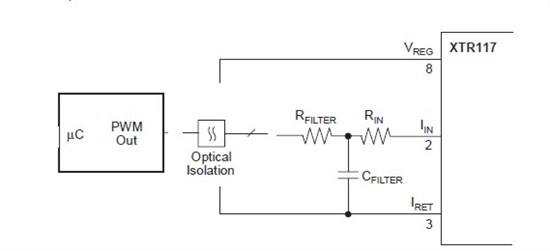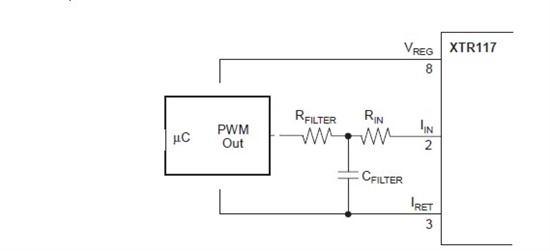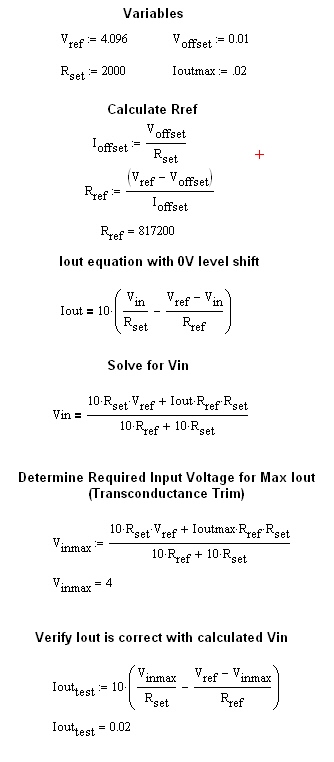Hello,
I want to interface the XTR117 to a standard 3.3V MCU pin with PWM. In the datasheet it has examples of digital control. I am a little confused about what digital control means here. My understanding would be that the MCU was the digital control and for the diagram below I would have thought that the opto-isolator would go between the uC and the Rfilter.
Can I connect the PWM output of my MCU to the filter directly without an opto-isolator as in the last diagram?
This is my understanding of Digital Control.
This is ideally what I want to do. The XTR117 is so small that I don't want to waste time soldering it or building a circuit board just to test it. The end use is just a demo for testing. It is a last minute addition to a prototype and the box is already crammed full!!!
Thanks,





